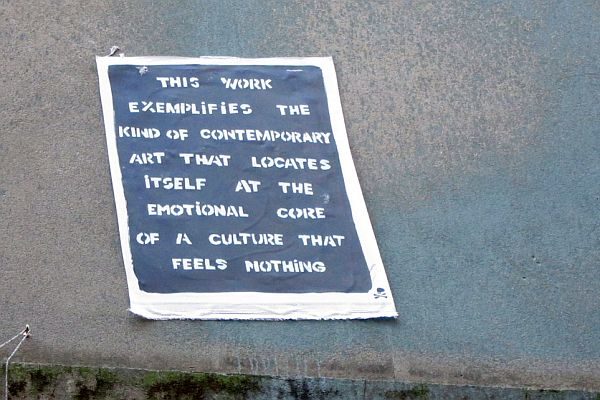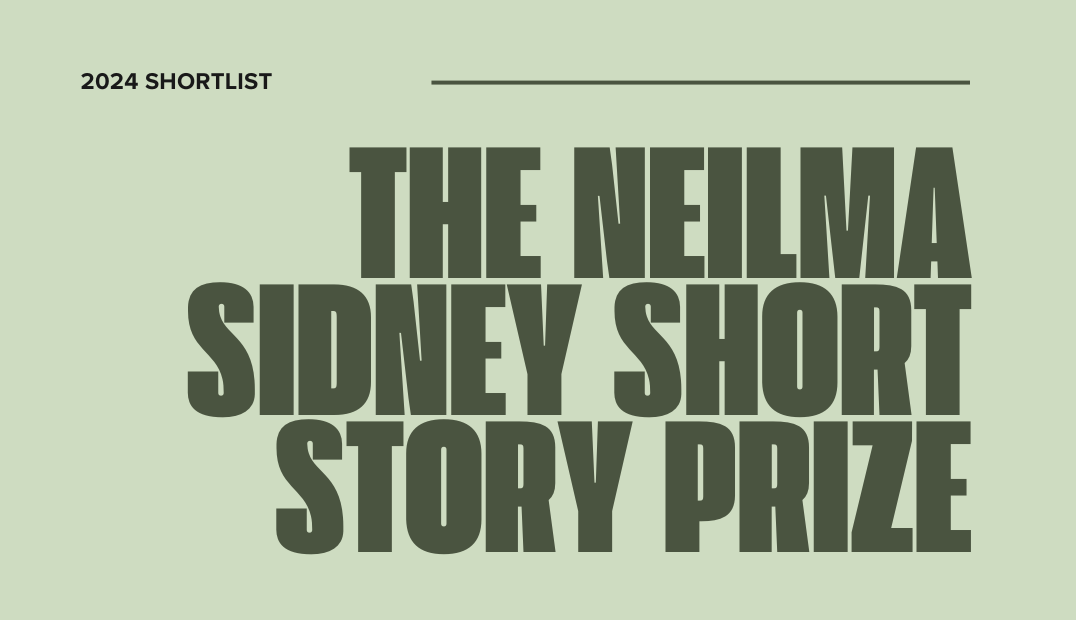When a crew descended on Melbourne’s Hosier Lane using fire extinguishers to paint the walls, condemnation was swift. While the lane is celebrated for its street art by the City of Melbourne and punters across the globe, the reaction of property holders and city authorities to this latest installation demonstrates their appreciation of street art stretches only to the extent it increases tourism and bring buyers into shops. When they can co-opt street artists as unpaid labour to paint unchallenging images, it will be celebrated, but upset the establishment and they will criminalise you.
Referring to Melbourne as the ‘street art capital of Australia’ and noting the ‘ephemeral and forever changing’ nature of street art, Lord Mayor Sally Capp – with zero irony – stated that the latest installation was the work of ‘vandals’, ‘unacceptable and not in keeping with the spirit of Hosier Lane’. She indicated an intention to treat the artists involved as criminals. Property owners and others weighed in on the artwork. Chase Joslin, who manages Culture Kings, a street wear store that capitalises off the street art culture, said in a statement to the ABC:
In a matter of minutes it was destroyed. It’s a real shame. … Coming through and destroying people’s art, I don’t think it’s part of the culture. … There’s not much art to it.
These statements are astonishing if you accept City of Melbourne and Culture Kings’ support of street art culture, but to most street artists they’re unsurprising.
The line between what is classed as vandalism, which is widely condemned, and street art, which is tenuously celebrated, is vague and requires examination. Both refer to artworks that occur in public. Melbourne City Council delineate the difference as to whether the artwork is ‘unwanted.’ I suggest it is more useful to think in terms of whether the artwork is authorised. Authorised may mean explicitly commissioned, tacitly encouraged – as exemplified by Hosier Lane – or a more vague form of authorisation, such as areas which become known as ‘street art spots’ where council and property owners seem not to take action to criminalise artists or remove artworks. Unauthorised works also fall within a spectrum, from where no attempt is made by the artist to gauge consent from an owner, to putting up works in areas known as ‘safe zones’ such as Presgraves Place or Hosier Lane in Melbourne. Whereas ordinarily artists would have to seek explicit permission from the property owner in order to avoid possible criminal sanction, in these areas very few do so on the tacit understanding that artwork there is encouraged or at least, accepted.
The recent ‘painting over’ the large mural-esque images that make up much of Hosier Lane’s artwork was an important critique of the co-option of street art and a commentary on who ascribes value. Its point was missed by the very people it sought to critique. That Melbourne City Council is now seeking to criminalise those artists demonstrates that their appreciation of street art dissipates when it presents a challenge to their authority.
Everyone is required to engage with public space, but few have the legal right to impact it. The appearance of, surfaces within, and images in our cities articulate our socio-political, legal and cultural make-up. Blank walls, locked gates, neat lawns, paste-ups, tags, murals and advertising bollards are neither aesthetically nor politically neutral. Unauthorised street art makes an important and politically charged contribution. It is direct democracy exercised over the appearance of public space and changes both the appearance of a wall or building and the experience of the society in which it is encountered. It creates radical possibilities for new ways of existing. If the appearance, function and experience of the city is understood as an expression of the law – what Philippopoulos-Mihalopoulos refers to as a ‘lawscape’ – then street art shifts the law, and hence power dynamics, in profound ways.
Much of the art in Hosier Lane is shaped by the tacit approval of Melbourne City Council. To distance themselves from ‘unauthorised’ street art and controversial genres such as tagging, many artists utilise realist imagery and make palatable murals designed to be widely shared on social media, using terms such as ‘aerosol art’ to describe this practice. Authorisation co-opts street art culture and nurtures an inherently different form of artwork, as the impact of putting up work without authority is removed.
Last Sunday’s incursion critiqued this culture of co-option, and the images that predominate in Hosier Lane. It provoked questions of value and who gets to define whether something is art. In doing so, it thoroughly annoyed the political establishment. More than mere annoyance, Melbourne City Council has indicated its intention to criminalise the artists. This indicates both the threat unauthorised street art poses to the political establishment and the contempt with which artists are held.
Melbourne City Council are unlikely to begin criminalising every artist who paints in Hosier or other ‘safe spots’ around the city. When they realise the importance of this latest piece, and its appreciation by street art enthusiasts, they may soften their approach. They may also seek to further articulate their policy on street art and further control it. If they do, they can expect more pushback from artists who understand that the right to the city is theirs.
Image: Rachel Lovinger






